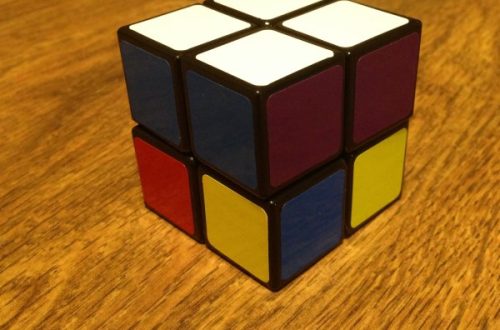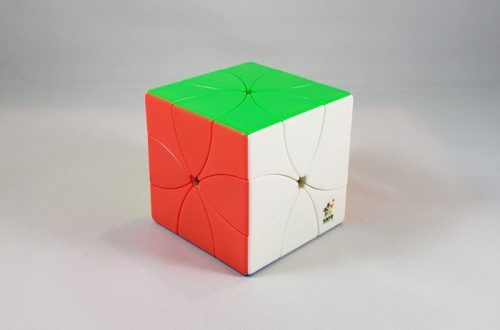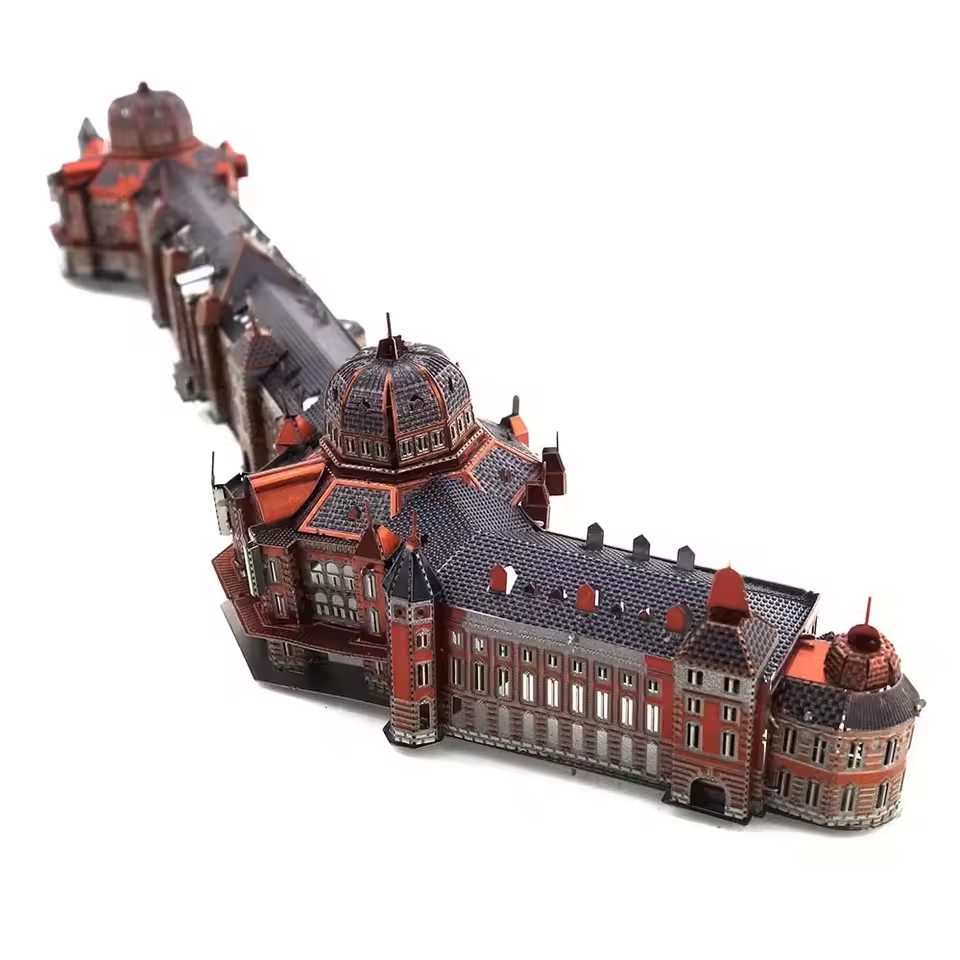Jigsaw puzzles offer a delightful challenge, a satisfying mental workout, and a perfect screen-free activity. But have you ever considered creating your own personalized puzzle? It’s a fantastic way to commemorate a special occasion, share a cherished work of art, or simply challenge yourself and others with a one-of-a-kind puzzle experience. This guide will walk you through the process step-by-step, making it easy for you to turn any image into a captivating puzzle.
Part 1: Choosing Your Image and Tools

Selecting the Right Image:
The crucial foundation of a remarkable puzzle lies in the selection of the image itself. It’s essential to choose high-resolution photos with vibrant colors and distinct details, as these qualities will enhance the overall visual impact of the puzzle. Blurry or pixelated images should be avoided, as they might not translate well into intricate puzzle pieces, potentially diminishing the quality of the final product. Moreover, it’s important to consider the complexity level you desire when selecting an image. Solid colors or simple patterns can be ideal for creating easier puzzles, suitable for individuals seeking a more relaxed and leisurely activity. On the other hand, detailed landscapes or intricate artwork can provide a more challenging and stimulating puzzle-solving experience, appealing to those who enjoy a more complex and engaging task.
Gathering Your Supplies:
Once you have your image, you’ll need a few tools. A computer with internet access is essential. You’ll also need a printer capable of handling the image size you choose for your puzzle. Finally, consider the backing material for your puzzle. Mounting board or thick cardboard work well, but specialty puzzle material, available at craft stores, provides a sturdier and smoother experience.
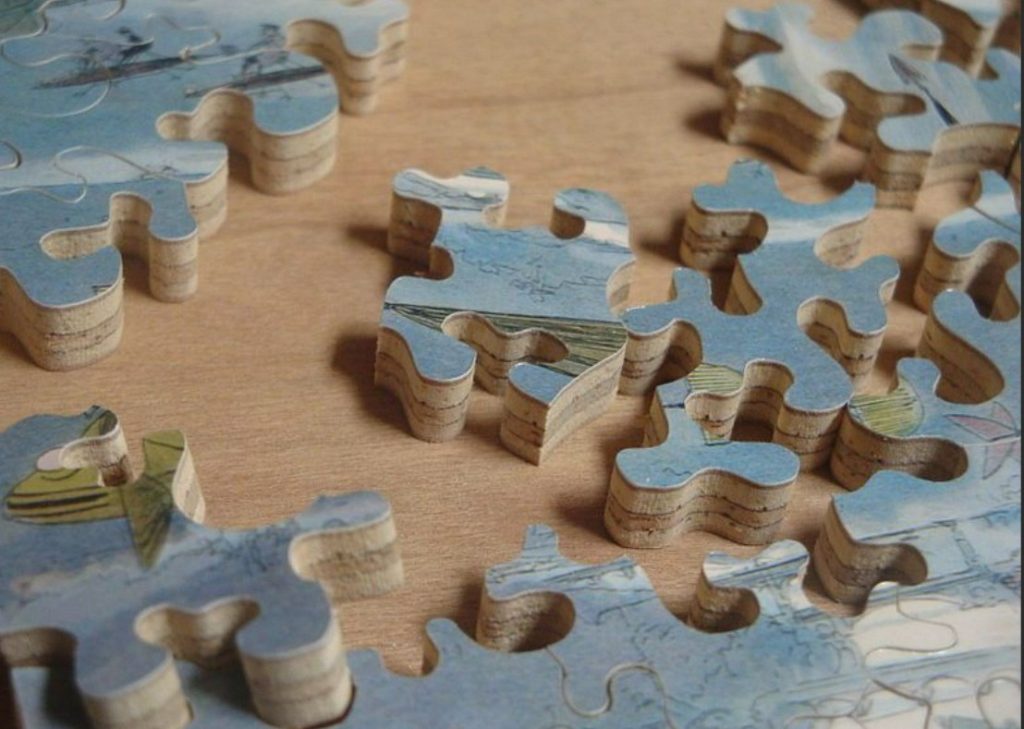
Part 2: Uploading and Customizing Your Puzzle
Finding the Right Platform:
Several online services allow you to create custom jigsaw puzzles. Popular options include PuzzleYOU, Shutterfly, and Create Jigsaw Puzzles [These are just examples, avoid mentioning specific URLs]. These platforms offer user-friendly interfaces and a variety of customization options. Upload your chosen image and explore the available puzzle sizes and piece counts. Most platforms offer previews of your puzzle design, allowing you to adjust the difficulty level by choosing the number of pieces.
Adding Personal Touches (Optional):
Numerous online platforms offer extensive customization options to elevate your puzzle-making experience. In addition to selecting your preferred image for the puzzle, these platforms allow you to add a custom title, message, or even a personalized border to the design. This level of customization provides the opportunity to infuse personal touches into the puzzle, making it truly unique and memorable. By incorporating custom elements such as a meaningful message or a personalized border, individuals can create a puzzle that reflects their distinct preferences and sentiments. Whether it’s a special occasion or a cherished memory, the ability to personalize the puzzle’s design adds an extra layer of sentiment and individuality, making the experience of assembling and completing the puzzle even more engaging and meaningful. This opportunity for personalization allows puzzle enthusiasts to craft truly one-of-a-kind creations that hold special significance and serve as enduring keepsakes.
Part 3: Printing and Assembling Your Puzzle

Printing and Mounting:
After finalizing your puzzle design, the next step is to move forward with the printing process. It’s crucial to select high-quality paper that is suitable for both your chosen image and the printer settings. This ensures that the colors and details of the image are accurately captured during the printing process, resulting in a visually appealing puzzle. If regular paper is being used, it’s advisable to consider mounting it onto a sturdier material such as cardboard or puzzle backing board. This additional step provides the puzzle with added stability and durability, making it better equipped to withstand multiple uses. By taking the time to ensure the right printing materials and techniques are utilized, puzzle makers can enhance the overall quality of their final product, resulting in a professional-looking and long-lasting finished puzzle that can be enjoyed for years to come.
Cutting the Pieces:
Now comes the enjoyable stage: converting your printed image into an engaging puzzle! There are various methods to accomplish this: you could either cut the pieces freehand for a more personalized touch, or opt for a puzzle cutter, which can be obtained from craft stores. Puzzle cutters provide pre-designed shapes that offer a nostalgic and traditional puzzle-solving experience. These shapes can include classic jigsaw patterns or whimsical designs, adding an extra layer of charm and character to your puzzle. Additionally, the use of a puzzle cutter allows for uniform and precise pieces, contributing to a more polished overall appearance. Don’t hesitate to experiment with different shapes and sizes to tailor the puzzle to your preferences, creating a unique and stimulating challenge for yourself or others. This stage of the puzzle-making process allows for creativity and customization, leading to the development of an entertaining and distinctive finished puzzle.
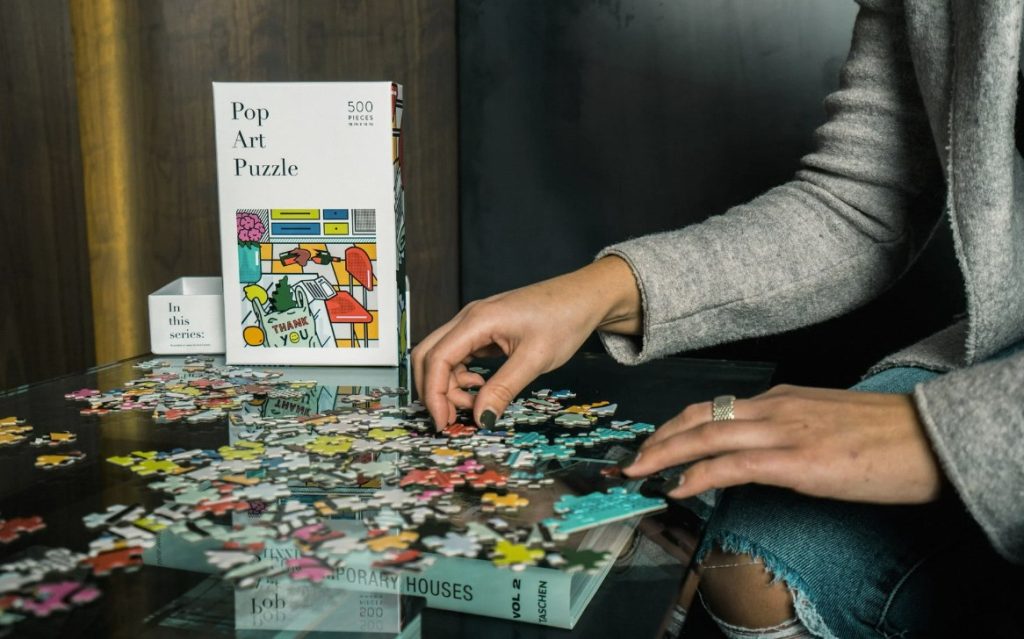
Part 4: Finishing Touches and Enjoying Your Creation
Smoothing the Edges (Optional):
To achieve a more refined and professional appearance for your puzzle, consider sanding the rough edges of the puzzle pieces with fine-grit sandpaper. This additional step not only smooths out any rough surfaces, but also enhances the overall aesthetics of the puzzle. By carefully sanding the edges, you can ensure that the pieces fit together seamlessly, creating a more satisfying and enjoyable puzzle-solving experience. In addition to providing a polished look, this process also makes the puzzle pieces easier to handle, minimizing the risk of snagging or potential damage during assembly and storage. By taking the time to refine the edges of the puzzle pieces, puzzle makers can elevate the overall quality of their creation, resulting in a more visually appealing and user-friendly finished product that is both durable and aesthetically pleasing.
Packaging and Sharing:

Store your completed puzzle in a sealed bag or box. You can even personalize the packaging with the image or theme of your puzzle. Now comes the best part: enjoy your creation! Put your puzzling skills to the test, or share your personalized puzzle with friends and family.
Creating your own jigsaw puzzle is a rewarding and creative process. With a little planning and the right tools, you can transform any image into a fun and challenging puzzle experience. So, unleash your creativity, choose your favorite image, and get ready to embark on a puzzling adventure!
